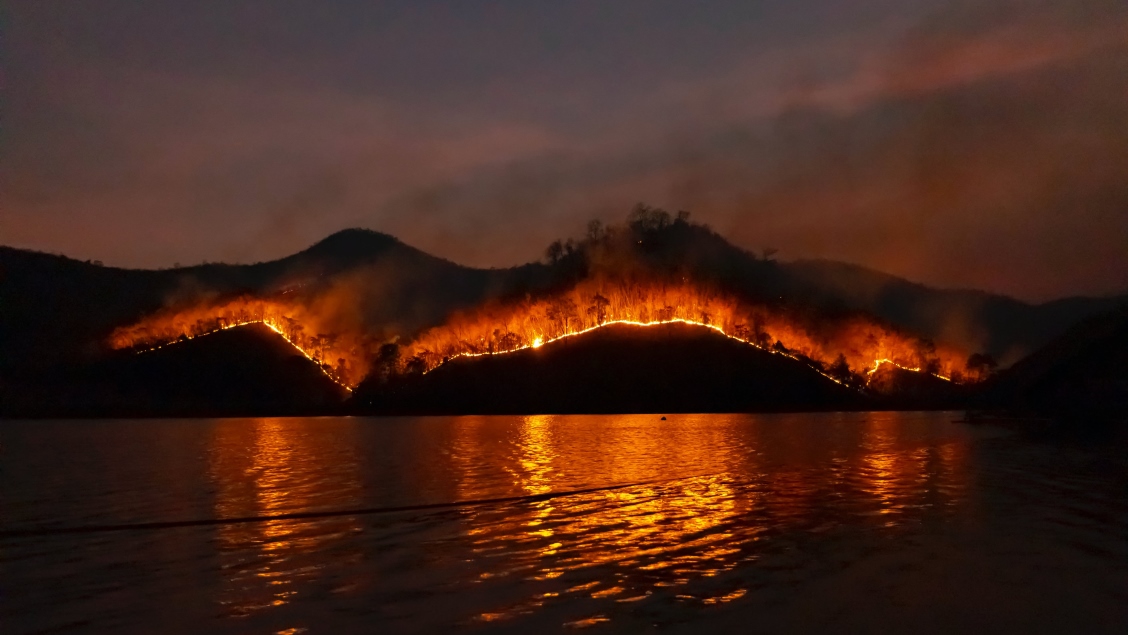
Predicting Wildfires—Protecting Forests, Wildlife and Infrastructure
Predicting wildfires is necessary climate change increasing their frequency and intensity. Let’s explore the topic and the research being published on it.
Climate change
July 2021 was one of the hottest months on record globally. With temperatures reaching close to 50°C in Canada and Italy, the incidence of wildfires across the world was increased compared to previous years. From Greece to California, the Brazilian Amazon to the Siberian Pine Forests, wildfires have been ravaging the landscape, destroying ecosystems and displacing residents. With global warming further increasing these warm temperatures year-on-year, we can only expect further outbreaks of wildfires to occur in the future. However, with current technologies we are able to predict when and where and minimise the impact on the wildlife and people who call these areas home.
Predicting wildfires
Wildfires can be modelled and predicted using various methods, including statistical and data-driven machine learning approaches. Some studies focus on the probability of the ignition, while others focus on the overall intensity and knock-on effects of the wildfires. Various types of data, such as fire history, weather, vegetation and elevation, are often considered in data-driven approaches to predict wildfire behavior. Studies such as these are discussed in following papers titled “Data-Driven Wildfire Risk Prediction in Northern California” in Atmosphere and “Spatial Prediction of Wildfire Susceptibility Using Field Survey GPS Data and Machine Learning Approaches” in Fire.
The Journal Fire has many Special Issues dedicated to wildfire research, including the detection, mapping and modelling of wildfires and their behaviour. The Special Issue “Detecting, Mapping and Characterizing Wildfires Using Remote Sensing Data” focuses on the development of new algorithms to detect actively burning fires and mapped areas, along with the characterization of fire behaviours and the long term impact on local, regional and global scales. Also in Fire, the Special Issue “Advances in Forest Fire Behaviour Modelling Using Remote Sensing” discusses the integration of sensors into fire modelling, and the analysis of fire behaviour. Both Special Issues are currently open and accepting submissions.
Future research on wildfires and more
With further research and developments of new methods to predict wildfire outbreaks and modelling fire behaviours, hopefully, we may keep up with the increased incidence and reduce the damages caused by the natural disaster. Stay up to date with the latest publications and news from Fire.










